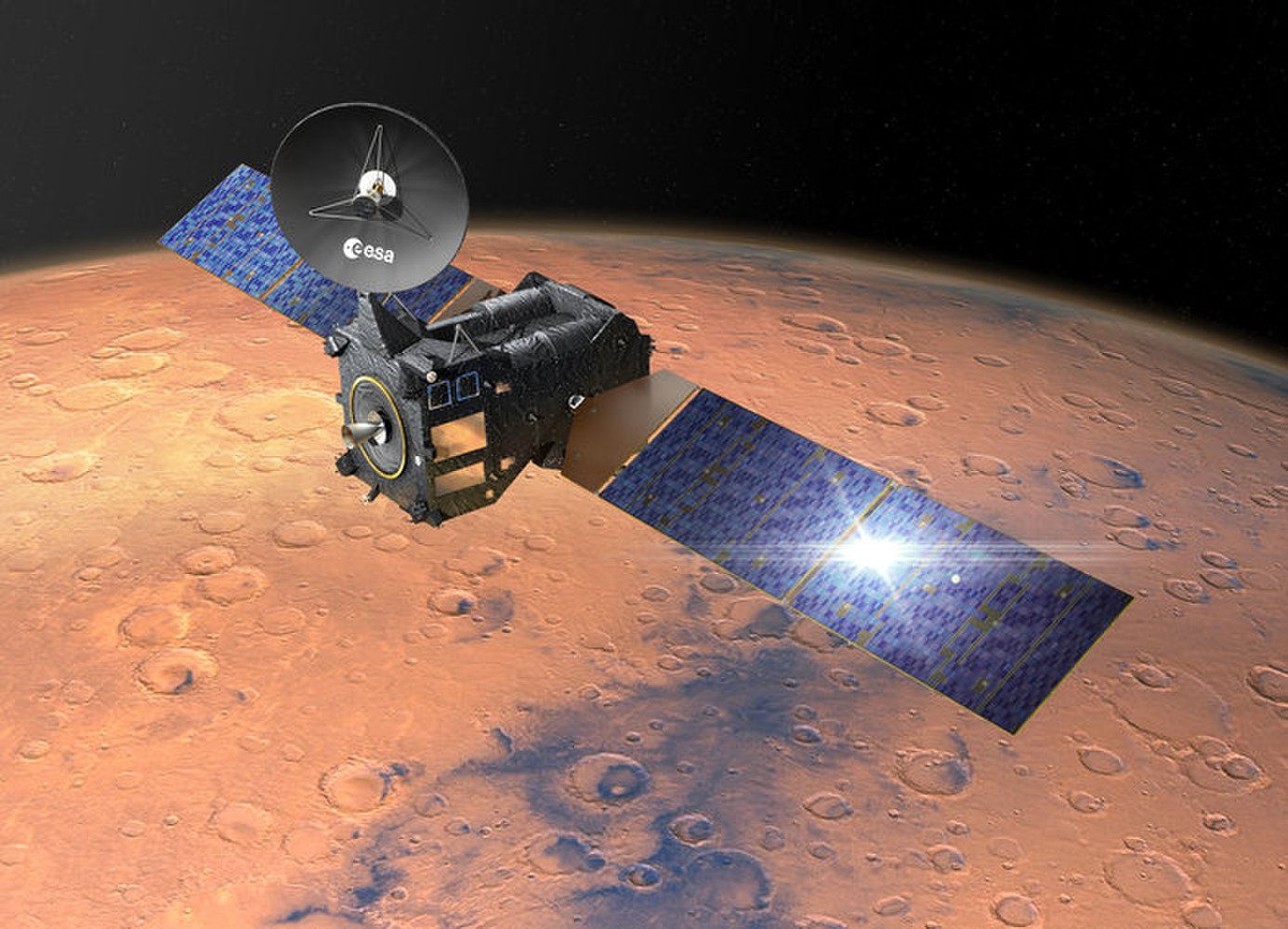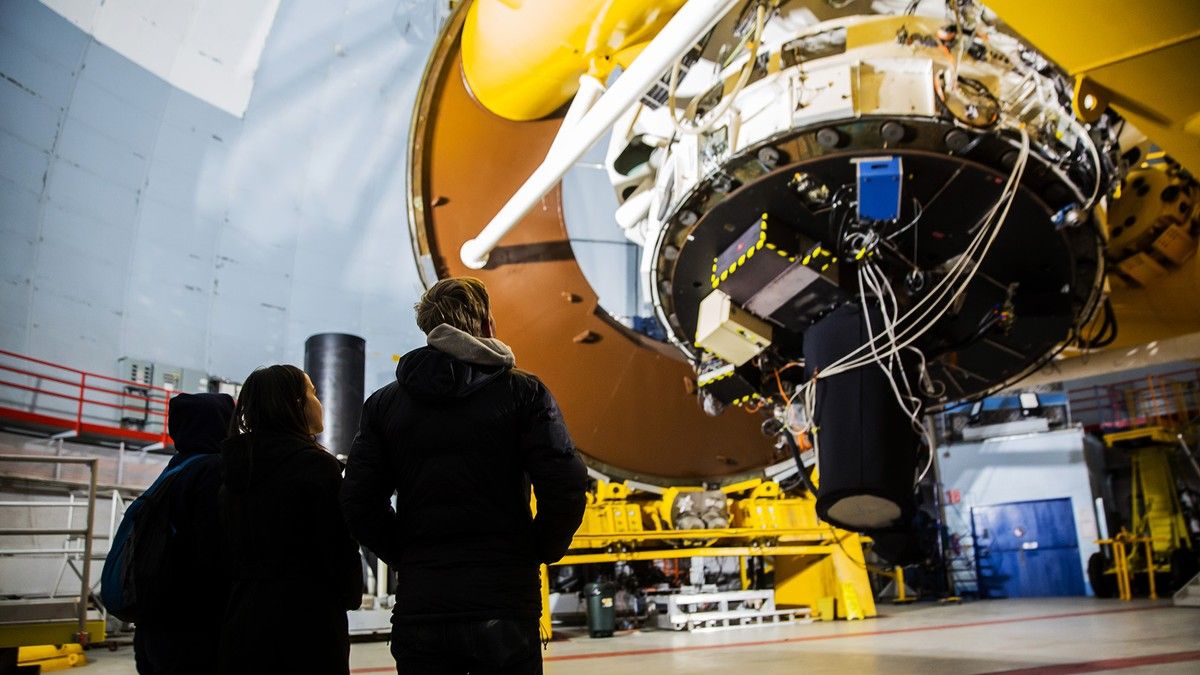
Get the latest international news and world events from around the world.


Why NASA Needs a New Logo
Do you think NASA needs a new logo?
Michael D. Shaw is a biochemist and freelance writer. A graduate of the University of California, Los Angeles, and a protégé of the late Willard Libby, winner of the 1960 Nobel Prize in chemistry, Shaw also did postgraduate work at MIT. Based in Virginia, he covers technology, health care and entrepreneurship, among other issues.
NASA’s logo needs a refresh. The agency’s official logo, the 59-year-old “meatball insignia,” features a sphere to represent a planet, stars to represent space and a red chevron or “wing” to represent aeronautics, with white N-A-S-A lettering in the center. This logo looks like it belongs in a museum, commemorating the past, not celebrating the future. As NASA celebrates its 60th anniversary this year, this seems like a good time for the agency to update its antiquated logo.
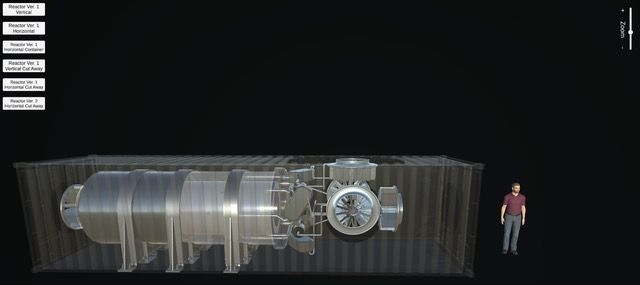
Building on New Shepard, Blue Origin to pump a billion dollars into New Glenn readiness
Blue Origin is making the final preparations for crewed spaceflight in West Texas. Meanwhile, at Cape Canaveral, Florida, the company is continuing to push towards achieving orbit and entering the commercial launch market. During a speech this week, Jeff Bezos confirmed the company has already invested $1 Billion in space coast facilities and another $1 billion will be fed into the New Glenn rocket next year.
The New Shepard rocket, named after the first American in space Alan Shepard, is designed for suborbital space tourism. Passengers can experience a few minutes of weightless as the spacecraft flies up to 107 km, 7 km above the officially recognized Karman Line between Earth’s atmosphere and space. New Shepard first reached this altitude on Flight 8 in April.
The New Shepard 3 vehicle completed the most recent test flight in July, demonstrating the crew capsule’s escape system at the edge of the flight envelope. Flight 9 was the latest in a line of flights designed to demonstrate the safety of the crew vehicle, including another in-flight abort test in 2016, a pad abort test back in 2012, and a parachute redundancy test in 2016 where the capsule descended under only 2 of the 3 parachutes.

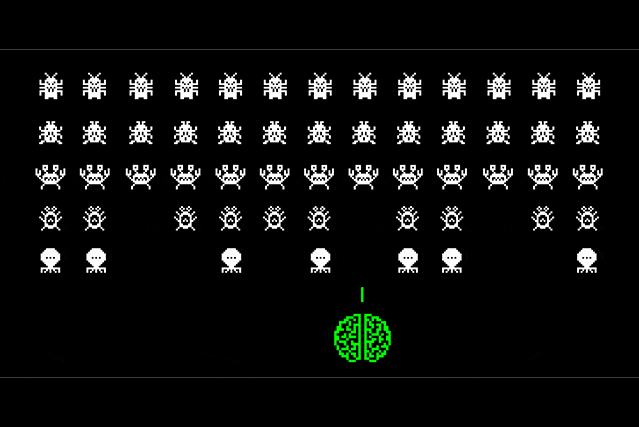
How AI Can Help Stop Cyberattacks
As corporations struggle to fight off hackers and contain data breaches, some are looking to artificial intelligence for a solution.
They’re using machine learning to sort through millions of malware files, searching for common characteristics that will help them identify new attacks. They’re analyzing people’s voices, fingerprints and typing styles to make sure that only authorized users get into their systems. And they’re hunting for clues to figure out who launched cyberattacks—and make sure they can’t do it again.
As hackers get smarter and more determined, artificial intelligence is going to be an important part of the solution.
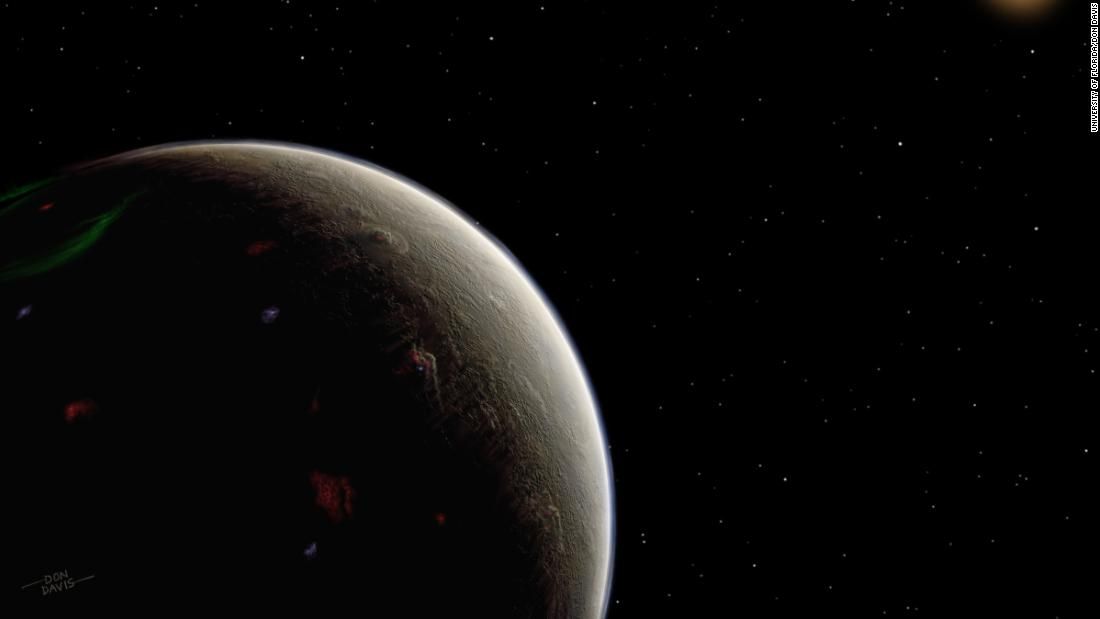
Paging Mr. Spock: ‘Star Trek’ planet Vulcan found?
A planet has been found right where the creator of “Star Trek” and three astronomers thought Vulcan would be.
(CNN)Maybe the final frontier isn’t so far out of reach. Astronomers have found an exoplanet reminiscent of the planet Vulcan from “Star Trek,” orbiting a star in a system only 16 light-years from Earth.
